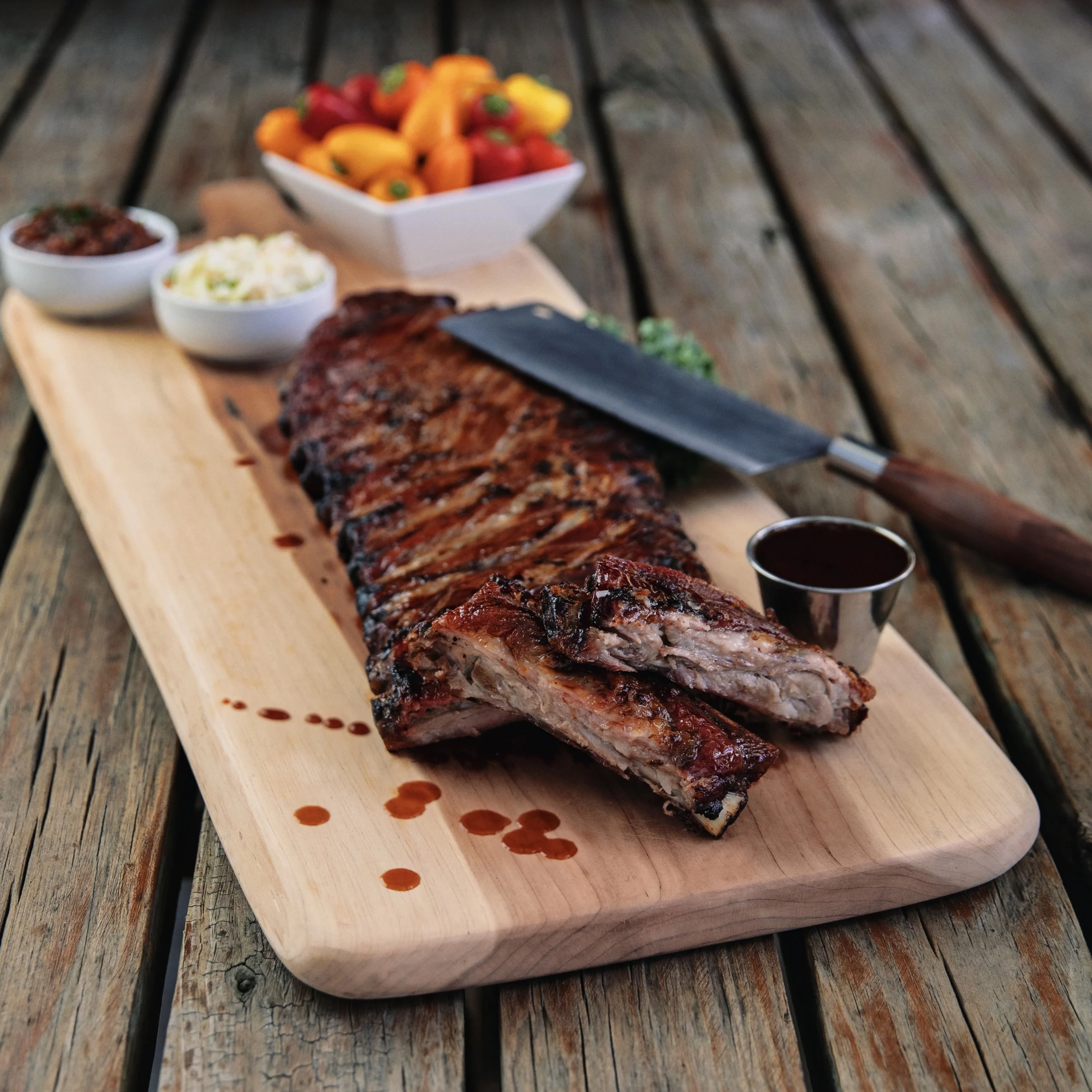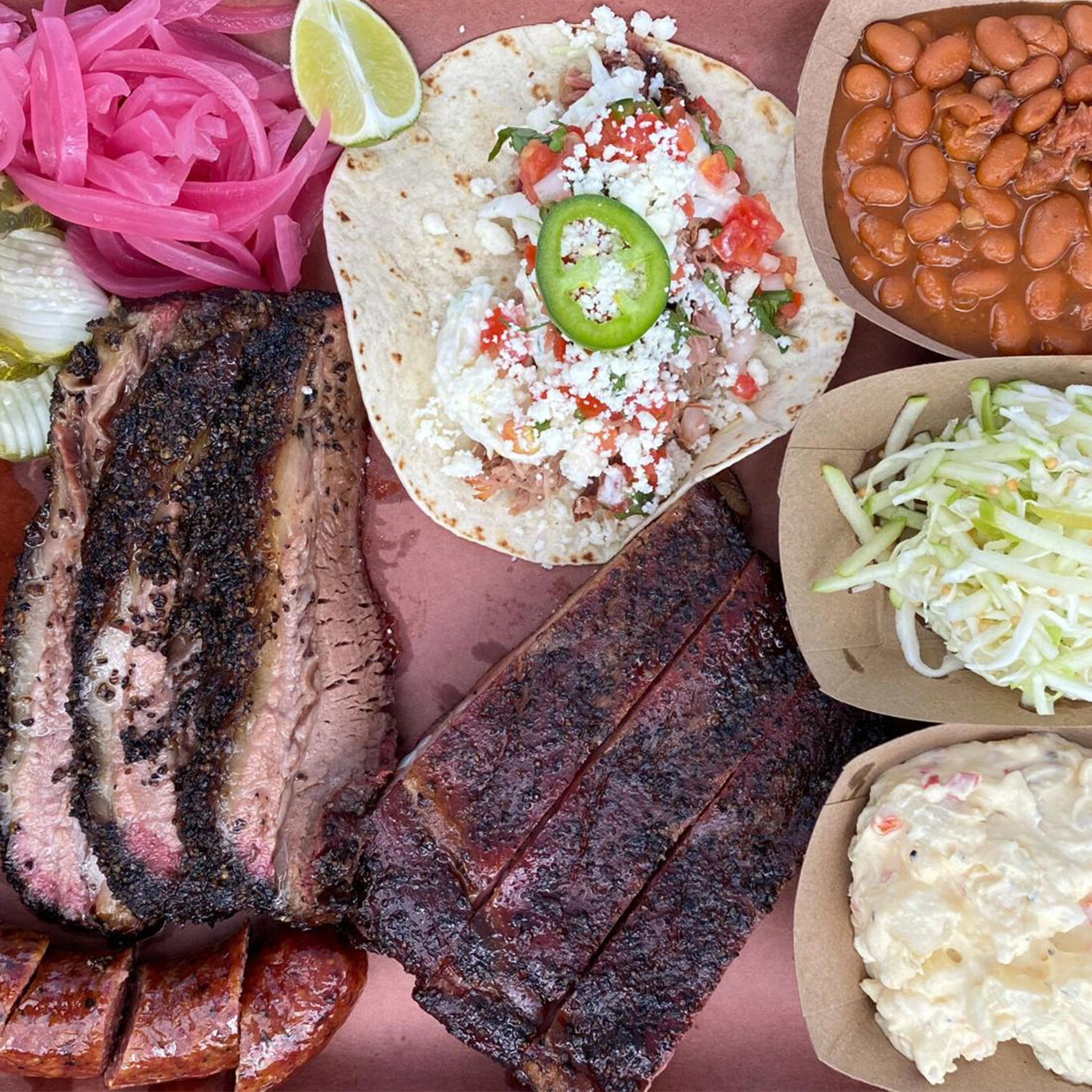by Steve Dollar | May 4, 2021
Move Over Oranges: Mixology With Mangoes
The iconic Florida fruit instantly elevates a typical summer cocktail to a tropical triumph.

With its neon hue and incandescent sweetness, the mango has been kicking life into the world’s cuisines since at least 4,000 B.C. The chutneys and lassis of its native South Asia, the salsas of the Caribbean, the sticky rice desserts of Thailand—all elevated by the sensory pizzazz of this tropical stone fruit. This cousin of the pistachio and the cashew thrives across the warmer latitudes of the world, including in Florida, where the mango grows in the shadow of the Sunshine State’s more signature crop, the orange.
“The color is amazing,” says Jason Springer, beverage director for Fly Bar and Restaurant and Hotel Bar in Tampa. “Mango is extremely bright, juicy and refreshing. That tropical flavor is appealing in Florida.”
Snag Jason Springer’s recipe for a simple, sweet mango daquiri
The mango is a natural boon to at-home mixology, surely not limited to rum-soaked boat drinks served in oversized hurricane glasses. Springer suggests it makes a fun alternative for libations that usually call for orange, pineapple or other fructose-intensive juices.

Take this margarita, for instance, in which the mango juice finds a zesty complement in sliced jalapeno pepper. “It gets the brightness from the juice and that nice bite and spiciness from the jalapeno,” Springer says. “It’s an easy cocktail for someone to recreate.” The bartender also replaces the traditional salt around the glass rim with Tajín, a Mexican chili-lime seasoning. “It pulls everything together.”
Of course, mango makes a natural tropical companion for rum, Springer says, calling them “the perfect pairing for a summer drink.” For his mango daiquiri, he uses Plantation 3 Stars rum, which blends aged and unaged spirits from Jamaica, Trinidad and Barbados. “While mangoes are sweet, they are also citrusy and tart.” He adds lime juice for balance. “It leaves you with a delightfully sweet but refreshing cocktail.”
Juicers make it very easy to get the best out of a mango. Peel, quarter, remove the pit, blend the sticky flesh and strain before mixing. Canned juice is easier to come by, but is sweeter, Springer cautions. Another option is a package of frozen mango pieces combined with the other ingredients in a blender, ideal for folks who like their daiquiris thick and icy.
How to Become a Mangrow Master

Want to grow your own mangoes? You can cultivate them from a seed or a tree graft, but the easiest way is to buy a ready-to-plant tree.
Typically, the fleshy fruit flourishes in central to southern parts of the state. Mostly, that means Dade, Lee and Palm Beach counties, where the fruit is grown commercially. The closer to the coast the better.
Like a little spice? Shake up Springer’s spicy mango margarita
The mango’s many varieties are distinguished by an ombre color palette of reddish purple to green to yellow. “It really depends on your preference,” says Megan Bichotte, a sales associate at Miami’s MiMo Garden Center, where the Momi K variety comes in a 7-gallon bucket and runs about $150.
At nearly 5 feet tall, a Momi K tree will do well near a large window or outside in full or partial sunlight.
It will need a planter 14 to 20 inches in diameter or a hole in the ground about 20 inches in diameter and lots of water, about every other day.
“You usually get fruit the second or third year, and so on,” Bichotte says. “It’s a tree you need patience for.”
Photography by Libby Volgyes





